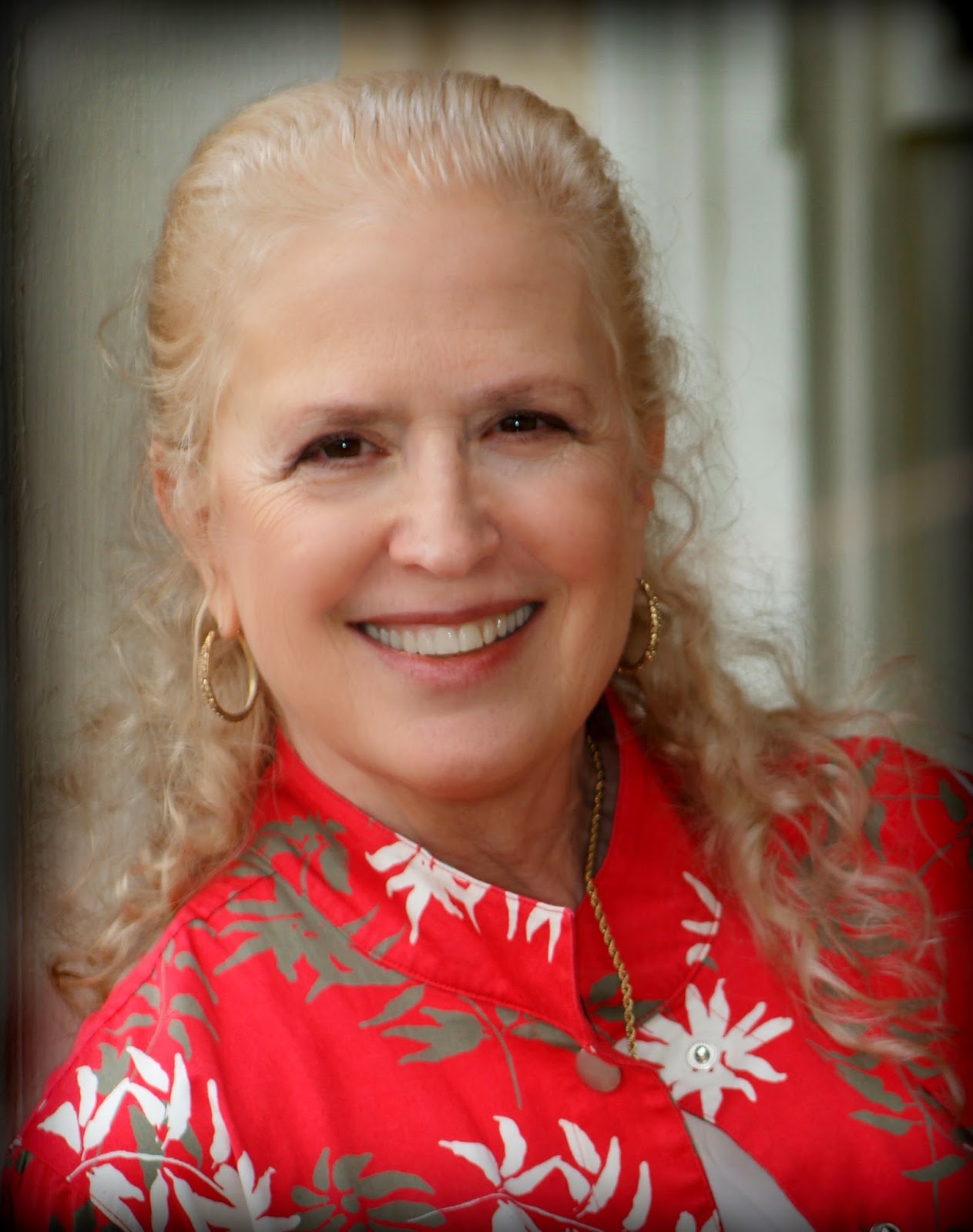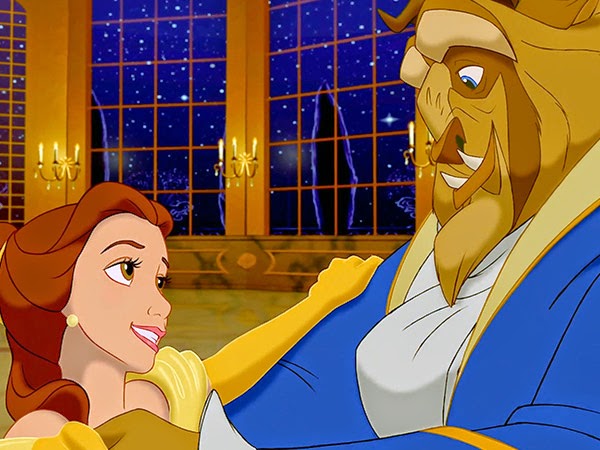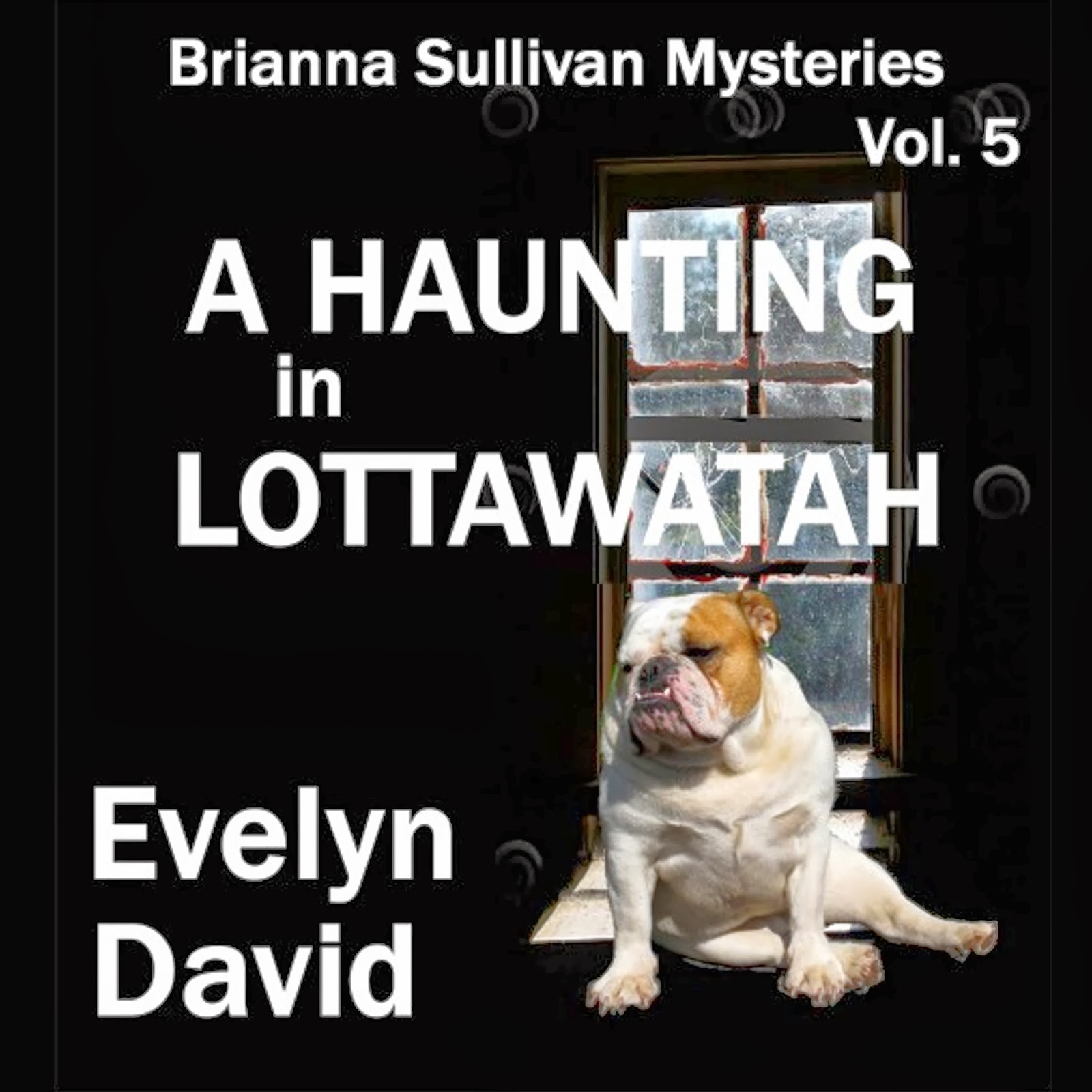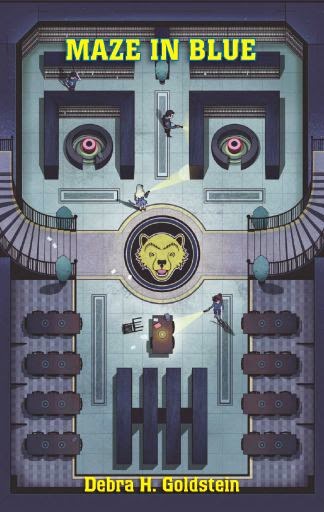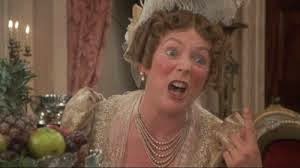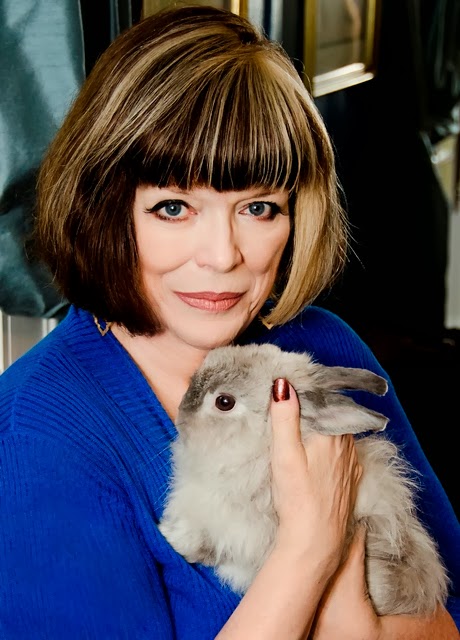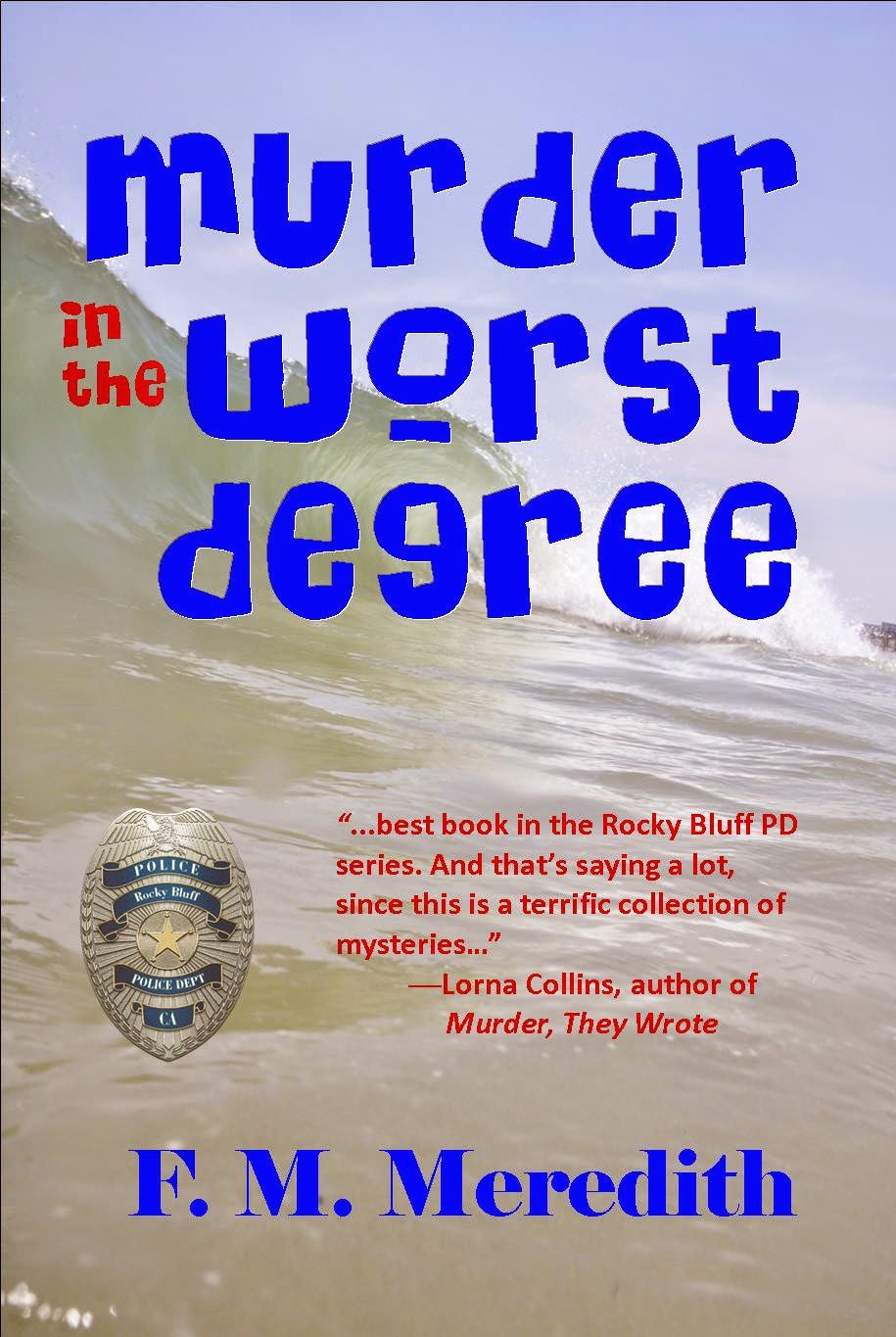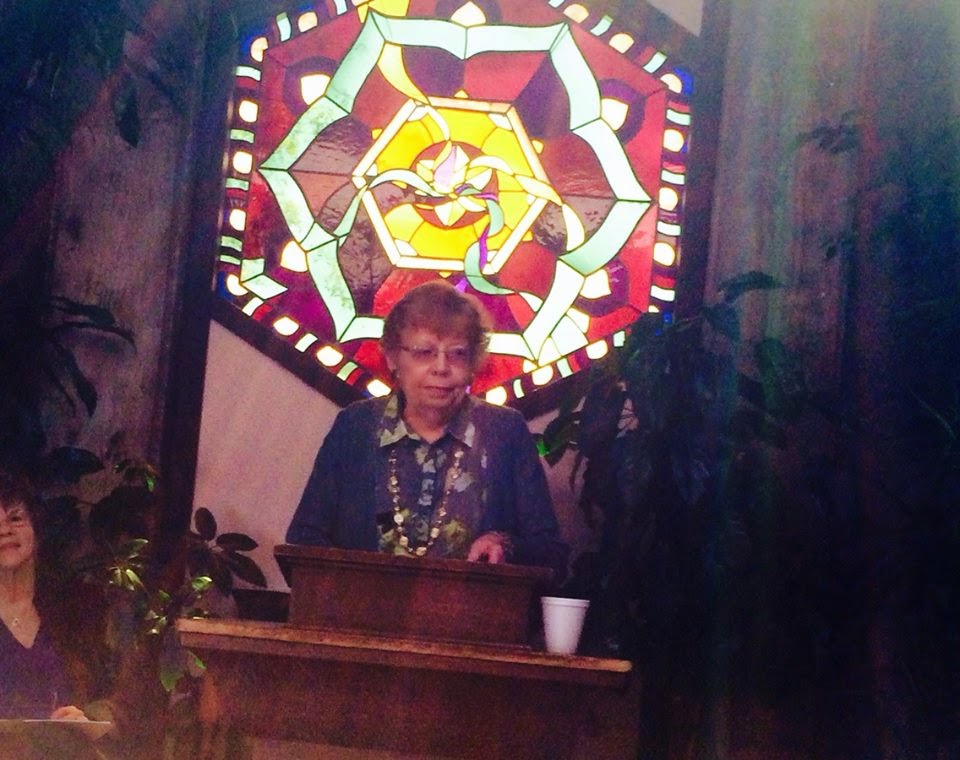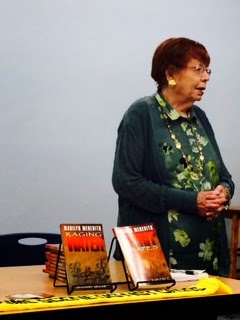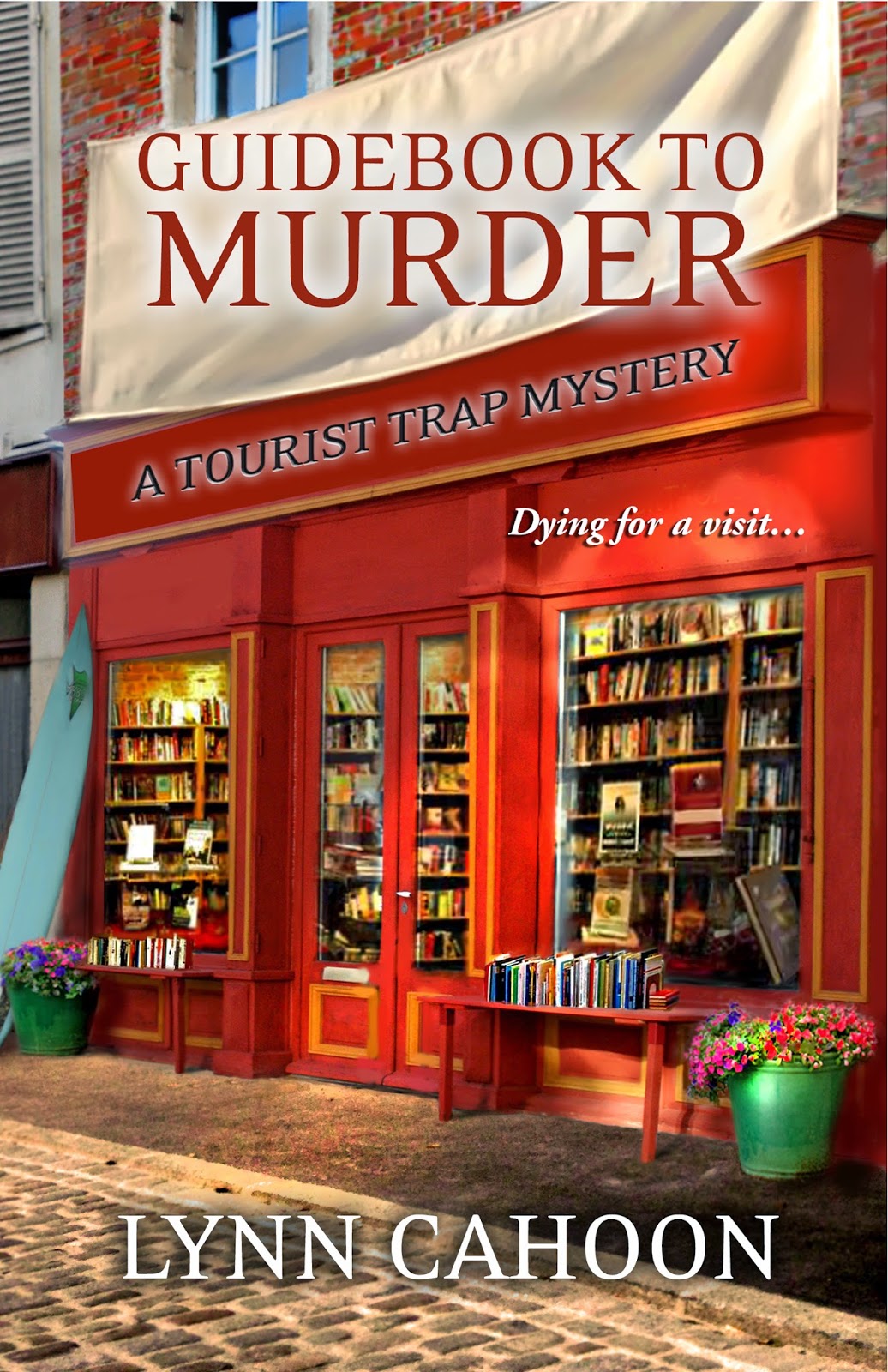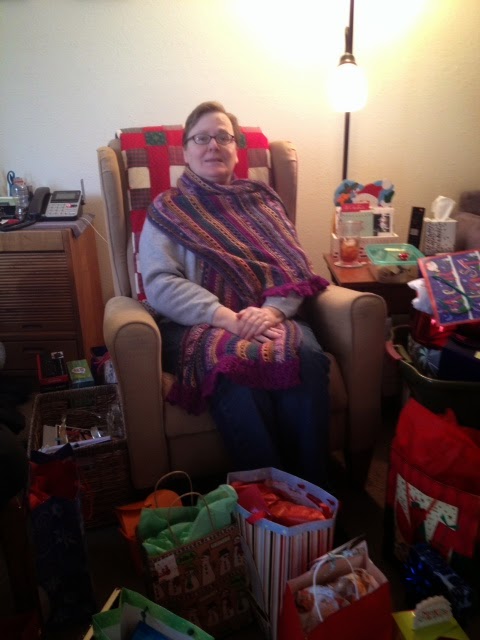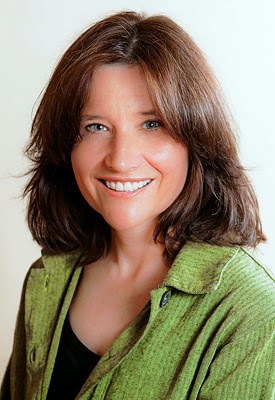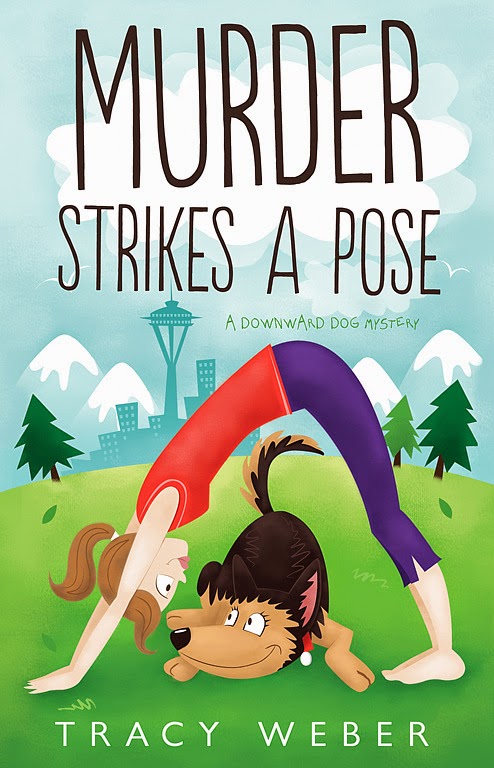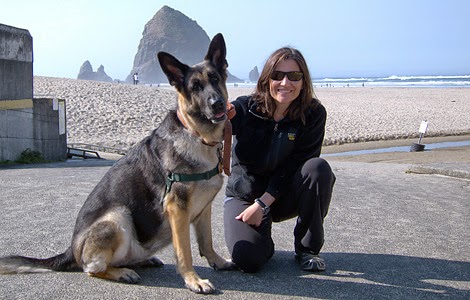By Kay Kendall
When I was growing up during the “Leave It to Beaver”
era, as a young baby boomer I noticed many anomalies, things that made no sense
to me. Off the top of my head, here’s a list of these things that happened for
which I had no explanation:
*Grown women suffered wordlessly through derogatory
remarks made about them by men. (Examples: All women are horrible drivers. My
wife can’t even balance her checkbook. And so on and on
ad nauseum.)
*The smutty jokes men often told made women feel
uncomfortable (women got squirmy, that’s how I knew), but yet the women never objected.
*Teenage girls played dumb because they knew boys didn’t
like smart or sassy females.
While
on the one hand I puzzled over such anomalies, on the other hand I never
questioned some other patterns that were also curious. Here are some of the
things I took in stride:
*Women cooked and served family meals, then cleaned up
afterwards while men sat in the rumpus room and smoked, never lifting a finger
to help.
*Men rarely took part in any child care.
*When a family went on an outing in a car, the head of
the family—always the “man of the house”—drove the car.
I took those patterns for granted because they were like
the air I breathed. But over and over again, I puzzled over why women did not,
as a rule, speak up when something upset them. Also, how could men be so
insensitive as to say harsh things about women as a class, as a group, when
other women were present? Why oh why didn’t women object?
I had absolutely no concept—nada, zilch, zip—of what it
meant to be part of a powerful group or class. Of how power was wielded and
kept hold of, denying others access to power.
I grew up in a sheltered, almost swaddled environment. As
a consequence I had the opposite of street smarts. My parents and four
grandparents were genteel and mannerly, and they all hid from me any conflict
that might arise.
My mother often said she wanted me to have a pleasant
childhood, and avoiding any mention of nasty conflict—or real life, for that
matter—certainly gave me a sanitized worldview. My nose was always in books. I
was an only child. I learned about life by reading the advice columns of Ann
Landers in the daily newspaper and about married relationships in the Ladies Home Journal. Its monthly feature
entitled “Can This Marriage Be Saved” helped me develop my firm opinion that
any union can be patched up, if you and your spouse just work at it hard enough
and kept your heads cool and rational. If you needed extra help, then counsellors
and shrinks were invaluable. There should be no stigma in using them.
Back then, if I had no concept of power, how could I
understand that women lacked it? How could I have known that if you have no power, then you swallow a lot of
guff, grief, anger, and just keep on going, smiling as you do the dishes, still
smiling as you get badmouthed as being part of a stupid and silly group, i.e.,
all females.
“Don’t worry your pretty little head, little lady.” It’s
all beyond you. You can’t complain.
Of course these are broad generalizations, but they hold
up if you compare stark patterns of yesteryear to those of today.
These days I often think about the role of women while writing my work in progress, set in a women’s liberation group in 1969. For some
of us it is difficult to remember what it was like, back before the women’s
movement made inroads into our social patterns. Even women who were cognizant
beings back them now have a hard time remembering.
Here’s how I know. Sometimes
members of my writing critique group gasp when I read from my WIP a fictionalized
version of a scene I recall from my teen years, one that shows a sharp contrast
between then and now in the way women were treated and expected to toe the line.
I am making it my
job to remember. I dredge up and repurpose these memories now, every day,
as I sit at my computer and imagine a world long gone. (And then, since this is
a mystery, I throw in a murder, perhaps two. You’ll have to read to find out
how many dead bodies pile up.)
 |
| Nancy Pelosi in 2013 |
A few years ago I read a long interview with
Congresswoman Nancy Pelosi. She described how much women’s lives and
possibilities have changed since she entered politics in the 1970s. She was heavily
criticized for not staying home with her children. She was deemed an unfit
mother and selfish, and to no one’s surprise, she lost her first election. When
she ran for office the next time, however—some five years later, she won. Already
by then—thanks to the women’s movement—attitudes towards women’s roles in
society had changed a little bit.
Women had finally begun to band together and find their
collective voices. Yes, there is strength in numbers—and in sisterhood. In
strength comes power.
Female activists who had worked alongside men in the
civil rights movement and the antiwar groups had learned how to mobilize and
work to gain power.
And boy oh boy, did they learn in those previous
movements that they were nobodies. Women’s subservient roles remained the same,
even in how those egalitarian movements were run. Read the memoirs of female
activists to learn their stories. Learn how they were relegated to fixing tea
and coffee while the men argued over and made decisions, then carried them out.
Thank goodness those days are long gone.
And yet, and yet . . .
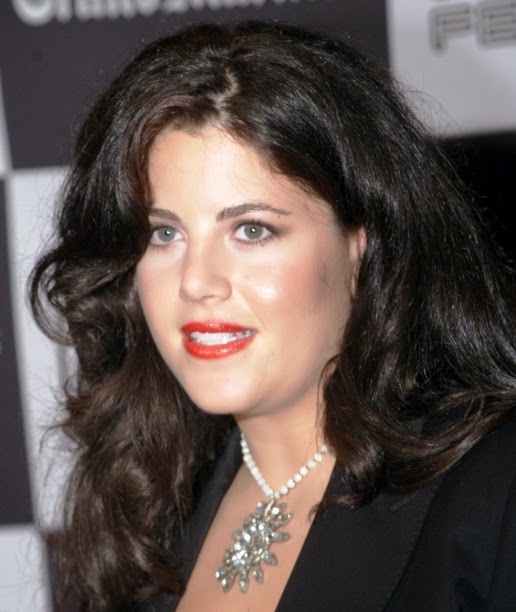 |
| Monica Lewinsky in 2013 |
That old, oh-so-sexist world is still with us today. Entrenched
attitudes persist. Although men are by and large not as blatant about
expressing sexist opinions anymore, just turn over a large metaphorical rock
and then you will see, lo and behold, those same old sexist beliefs wiggling
like dirty earthworms when they come into the light.
Speaking of hidden beings, I read today that Monica
Lewinsky is breaking her silence. She has chosen to speak to a journalist from Vanity Fair about the horrible aftermath
of her affair with President Clinton. Today he is riding high, called a
talented rogue—you know, good ole Bill—while she remains the awful scarlet
woman AKA slut, driven out of her country in order to live anonymously.
The Lewinsky interview appears in the June issue
of Vanity Fair. It hits newsstands
May 13, with the digital edition going live May 8. I for one will not wait for
my subscription copy. I will read the digital version as soon as I can.
If a man’s
reputation can recover, then a woman’s should also be able to do so. Barbara
Walters said that Monica was the most unhappy person she knew, unable to
recover from her scandal. I have sisterly love for Monica and hope she will be able to attain at
least a modicum of happiness.
The Clinton-Lewinsky affair remains to this day a
perfect mash up of power and sexism.
*******
Kay Kendall is an international award-winning public relations
executive who lives in Texas with her husband, four house rabbits, and spaniel
Wills. A fan of historical mysteries, she wants to do for the 1960s what
novelist Alan Furst does for Europe in the 1930s during Hitler’s rise to
power–write atmospheric mysteries that capture the spirit of the age.
Discover more about her at
http://www.KayKendallAuthor.com


